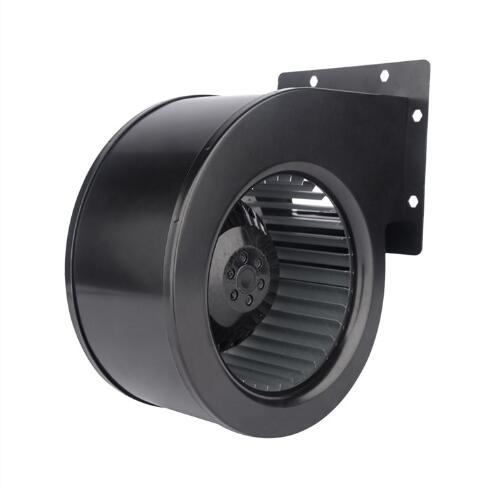What is the difference between a blower and a fan motor?
2023-12-07
A blower and a fan motor are related components used in various applications to move air, but they have distinct functions and characteristics. Here are the key differences between a blower and a fan motor:
Blower:

A blower is a device designed to move air or gas, typically for applications such as ventilation, heating, cooling, or drying. Blowers are characterized by their ability to generate a high flow of air at relatively low pressures. They are often used in systems that require a continuous and steady airflow.
Blowers can have different designs, including centrifugal blowers and axial blowers. Centrifugal blowers use a spinning impeller to create airflow, while axial blowers use a rotating blade to move air along the axis of the fan.
Fan Motor:
A fan motor, on the other hand, is the motorized component that drives a fan or a blower. The fan motor is responsible for converting electrical energy into mechanical energy to rotate the blades of the fan or impeller of the blower.
Fan motors can be part of various devices, including ceiling fans, exhaust fans, or HVAC (heating, ventilation, and air conditioning) systems. The motor's power and design depend on the specific application and the airflow requirements of the system.
In summary, the primary distinction is that a blower refers to the device responsible for moving air, and a fan motor refers to the motorized component that provides the necessary power to drive the fan or impeller within the blower. The motor is a crucial part of the overall system, converting electrical energy into mechanical energy to create airflow. Depending on the application, the terms "blower" and "fan motor" may be used interchangeably or may refer to specific components within a larger system.




